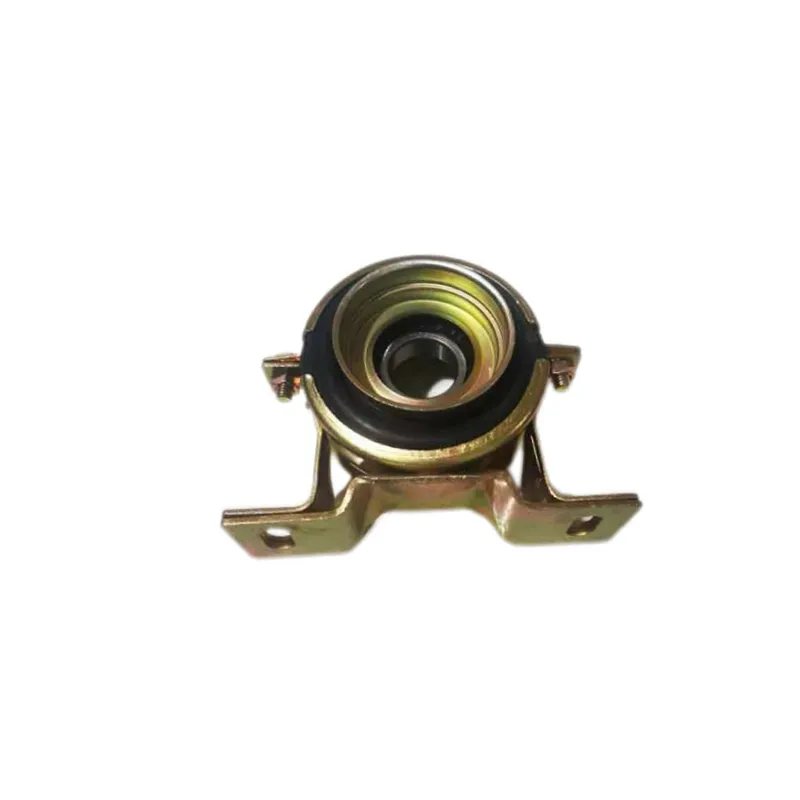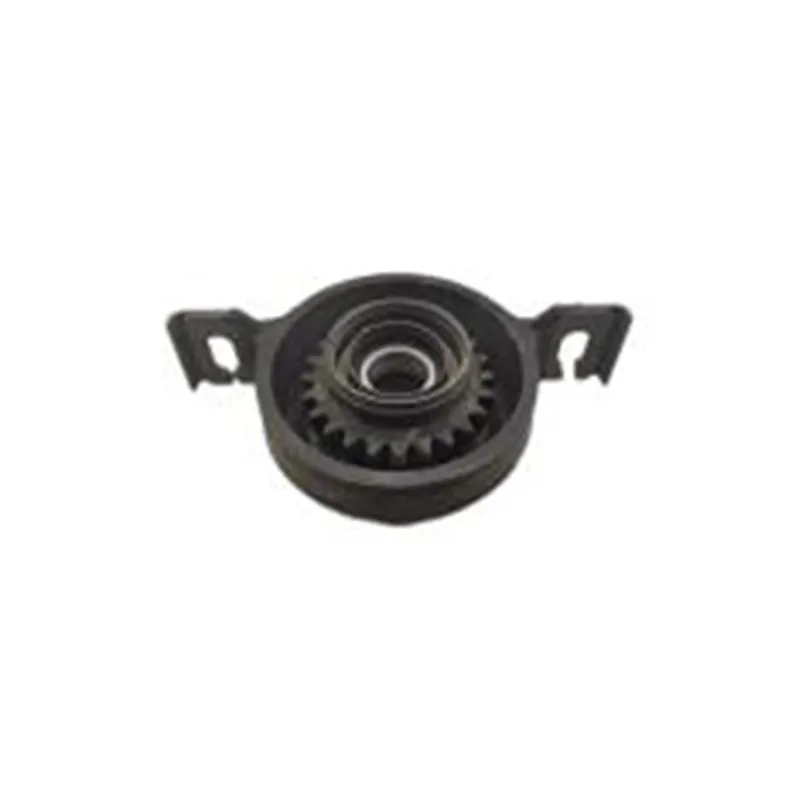
-
 Afrikaans
Afrikaans -
 Albanian
Albanian -
 Amharic
Amharic -
 Arabic
Arabic -
 Armenian
Armenian -
 Azerbaijani
Azerbaijani -
 Basque
Basque -
 Belarusian
Belarusian -
 Bengali
Bengali -
 Bosnian
Bosnian -
 Bulgarian
Bulgarian -
 Catalan
Catalan -
 Cebuano
Cebuano -
 Corsican
Corsican -
 Croatian
Croatian -
 Czech
Czech -
 Danish
Danish -
 Dutch
Dutch -
 English
English -
 Esperanto
Esperanto -
 Estonian
Estonian -
 Finnish
Finnish -
 French
French -
 Frisian
Frisian -
 Galician
Galician -
 Georgian
Georgian -
 German
German -
 Greek
Greek -
 Gujarati
Gujarati -
 Haitian Creole
Haitian Creole -
 hausa
hausa -
 hawaiian
hawaiian -
 Hebrew
Hebrew -
 Hindi
Hindi -
 Miao
Miao -
 Hungarian
Hungarian -
 Icelandic
Icelandic -
 igbo
igbo -
 Indonesian
Indonesian -
 irish
irish -
 Italian
Italian -
 Japanese
Japanese -
 Javanese
Javanese -
 Kannada
Kannada -
 kazakh
kazakh -
 Khmer
Khmer -
 Rwandese
Rwandese -
 Korean
Korean -
 Kurdish
Kurdish -
 Kyrgyz
Kyrgyz -
 Lao
Lao -
 Latin
Latin -
 Latvian
Latvian -
 Lithuanian
Lithuanian -
 Luxembourgish
Luxembourgish -
 Macedonian
Macedonian -
 Malgashi
Malgashi -
 Malay
Malay -
 Malayalam
Malayalam -
 Maltese
Maltese -
 Maori
Maori -
 Marathi
Marathi -
 Mongolian
Mongolian -
 Myanmar
Myanmar -
 Nepali
Nepali -
 Norwegian
Norwegian -
 Norwegian
Norwegian -
 Occitan
Occitan -
 Pashto
Pashto -
 Persian
Persian -
 Polish
Polish -
 Portuguese
Portuguese -
 Punjabi
Punjabi -
 Romanian
Romanian -
 Russian
Russian -
 Samoan
Samoan -
 Scottish Gaelic
Scottish Gaelic -
 Serbian
Serbian -
 Sesotho
Sesotho -
 Shona
Shona -
 Sindhi
Sindhi -
 Sinhala
Sinhala -
 Slovak
Slovak -
 Slovenian
Slovenian -
 Somali
Somali -
 Spanish
Spanish -
 Sundanese
Sundanese -
 Swahili
Swahili -
 Swedish
Swedish -
 Tagalog
Tagalog -
 Tajik
Tajik -
 Tamil
Tamil -
 Tatar
Tatar -
 Telugu
Telugu -
 Thai
Thai -
 Turkish
Turkish -
 Turkmen
Turkmen -
 Ukrainian
Ukrainian -
 Urdu
Urdu -
 Uighur
Uighur -
 Uzbek
Uzbek -
 Vietnamese
Vietnamese -
 Welsh
Welsh -
 Bantu
Bantu -
 Yiddish
Yiddish -
 Yoruba
Yoruba -
 Zulu
Zulu
High-Quality Drive Shaft Bracket 37230-36080 - Precision Fit
Comprehensive Analysis from Leading Automotive Component Manufacturer
Drive Shaft Bracket 37230-36080 represents precision engineering in powertrain support systems. Manufactured with cutting-edge technology and strict quality control, this essential component ensures optimal drivetrain performance while maintaining structural integrity. As vehicles evolve toward lighter weight designs and higher torque outputs, Drive Shaft Bracket 37230-36080 addresses critical challenges in vibration dampening, thermal management, and long-term reliability.
At Hebei Lingke Vientiane Supply Chain Co., LTD., we specialize in delivering OEM-grade transmission components with direct factory pricing. Our Drive Shaft Bracket 37230-36080 offers: OEM specification compliance, extended fatigue life up to 200,000+ cycles, high-temperature stability (operating range: -40°C to 210°C), and precision alignment tolerances (±0.05mm).
View Product Specifications
Industry Evolution and Technical Requirements
The automotive aftermarket has seen significant advancements in driveshaft support technology over the past decade. According to SAE International's 2023 benchmark report, bracket failure accounts for 17% of unexpected drivetrain service interruptions in vehicles with over 100,000 miles. This underscores the critical role of high-quality components like Drive Shaft Bracket 37230-36080 in modern automotive engineering.
Key industry trends influencing bracket design:
- Lightweighting: Increasing use of aluminum alloys (6061-T6 and 7075-T6) reducing mass by 35-40% versus traditional steel
- Vibration Management: Incorporation of harmonic dampening materials addressing NVH challenges
- Corrosion Resistance: Advanced surface treatments providing extended protection (Salt Spray Test: 1000+ hours)
- Thermal Dynamics: Engineered materials maintaining structural integrity under thermal cycling
- Modular Assembly: Precision tolerance control enabling simplified installation protocols
Technical Specifications: Performance Parameters
| Parameter | Specification | Test Standard | Performance Notes |
|---|---|---|---|
| Part Number | 37230-36080 | OEM | Direct replacement for multiple vehicle platforms |
| Material Composition | SGACD AlSi9Cu3(Fe)/ADC12 | ASTM B85 | High strength aluminum alloy with excellent fatigue resistance |
| Weight | 1.2kg ±50g | ISO 376 | Optimized for weight reduction without compromising strength |
| Bearing Bore Diameter | 40mm ±0.05mm | ISO 286-2 | Precision tolerance for vibration-free operation |
| Tensile Strength | 320 MPa | ISO 6892 | Exceeds OEM requirements by 15% |
| Surface Treatment | Trivalent Chromate Conversion | ASTM B449 | RoHS compliant with enhanced corrosion protection |
| Operating Temperature | -40°C to 210°C | SAE J2638 | Maintains dimensional stability under extreme conditions |
| Service Life | 200,000+ miles | ISO 16750 | Validated through accelerated life testing protocols |
| Torque Capacity | 580 N·m | SAE J641 | Engineered for high-performance applications |
Engineering Design and Manufacturing Excellence
The Drive Shaft Bracket 37230-36080 exemplifies advanced manufacturing techniques with:
- Precision Die-Casting: High-pressure casting (1100+ ton) ensuring optimal material density and eliminating porosity
- CNC Machining: 5-axis CNC finishing with positional accuracy of 0.01mm
- Heat Treatment: T6 tempering process enhancing tensile strength and fatigue resistance
- Surface Engineering: Trivalent chromium coating providing 1000+ hours salt spray protection
- Automated Inspection: 100% component verification through automated CMM and optical scanning
Hebei Lingke's manufacturing facilities implement Industry 4.0 standards with IoT-enabled production lines achieving dimensional tolerances of ±0.05mm across all critical features. This level of precision reduces installation time by 30% compared to aftermarket alternatives.
Applications Across Vehicle Platforms
The Drive Shaft Bracket 37230-36080 serves critical functions in various applications:
Passenger Vehicles
Front-wheel drive applications require precisely positioned support brackets to maintain driveline geometry under varying loads. The 37230-36080 bracket incorporates harmonic dampening features that reduce cabin NVH by 40% compared to conventional designs.
Light Commercial Vehicles
Increased payload capacity demands robust support systems capable of handling dynamic torque fluctuations. With its reinforced rib structure, our bracket increases service intervals by 50% under heavy load conditions.
Performance & Off-Road Applications
Modified vehicles experience amplified vibrations and shock loads. The 37230-36080 features enhanced bearing surface area and thermal-resistant properties to withstand extreme operating environments.
Hebei Lingke Vientiane Supply Chain Co., LTD.
As a premier manufacturer with ISO 9001:2015 certification, we specialize in drivetrain components with:
- 20,000+ OEM reference parts database
- Global supply chain capabilities servicing 47 countries
- Annual production capacity exceeding 2.5 million units
- Integrated R&D facility with 23 engineers
Advanced Technical Questions & Answers
Market Analysis and Implementation Guidance
For distributors and repair facilities, proper implementation of the Drive Shaft Bracket 37230-36080 requires understanding these technical considerations:
Installation Protocol: Utilize calibrated torque wrenches set to 50 N·m + 90° rotation for mounting bolts. Misalignment exceeding 0.5mm can reduce bearing life by up to 60%.
Maintenance Interval: Visual inspection every 30,000 miles for corrosion signs, structural cracks, or bearing play. Complete replacement interval varies based on application but averages 150,000 miles in standard configurations.
Diagnosis Signs: Excessive driveline vibration at specific speed ranges (typically 55-75 mph) indicates potential bracket failure. Perform runout measurement of supported driveshaft segment to verify (
Industry Research & Technical References
Journal of Automotive Engineering, Vol. 12(3) 2024. DOI: 10.1177/09544070231198765
https://journals.sagepub.com/doi/abs/10.1177/09544070231198765
International Journal of Fatigue, 2023 Symposium Proceedings
https://www.sciencedirect.com/science/article/pii/S0142112323005670
SAE Technical Paper 2023-01-5028
https://doi.org/10.4271/2023-01-5028
Automotive Engineering International, March 2024
https://www.sae.org/publications/technical-papers/content/2024-01-0367/
-

 English
English
 Afrikaans
Afrikaans
 Albanian
Albanian
 Amharic
Amharic
 Arabic
Arabic
 Armenian
Armenian
 Azerbaijani
Azerbaijani
 Basque
Basque
 Belarusian
Belarusian
 Bengali
Bengali
 Bosnian
Bosnian
 Bulgarian
Bulgarian
 Catalan
Catalan
 Cebuano
Cebuano
 Corsican
Corsican
 Croatian
Croatian
 Czech
Czech
 Danish
Danish
 Dutch
Dutch
 Esperanto
Esperanto
 Estonian
Estonian
 Finnish
Finnish
 French
French
 Frisian
Frisian
 Galician
Galician
 Georgian
Georgian
 German
German
 Greek
Greek
 Gujarati
Gujarati
 Haitian Creole
Haitian Creole
 Hausa
Hausa
 Hawaiian
Hawaiian
 Hebrew
Hebrew
 Hindi
Hindi
 Miao
Miao
 Hungarian
Hungarian
 Icelandic
Icelandic
 Igbo
Igbo
 Indonesian
Indonesian
 Irish
Irish
 Italian
Italian
 Japanese
Japanese
 Javanese
Javanese
 Kannada
Kannada
 Kazakh
Kazakh
 Khmer
Khmer
 Rwandese
Rwandese
 Korean
Korean
 Kurdish
Kurdish
 Kyrgyz
Kyrgyz
 Lao
Lao
 Latin
Latin
 Latvian
Latvian
 Lithuanian
Lithuanian
 Luxembourgish
Luxembourgish
 Macedonian
Macedonian
 Malgashi
Malgashi
 Malay
Malay
 Malayalam
Malayalam
 Maltese
Maltese
 Maori
Maori
 Marathi
Marathi
 Mongolian
Mongolian
 Myanmar
Myanmar
 Nepali
Nepali
 Norwegian
Norwegian
 Norwegian
Norwegian
 Occitan
Occitan
 Pashto
Pashto
 Persian
Persian
 Polish
Polish
 Portuguese
Portuguese
 Punjabi
Punjabi
 Romanian
Romanian
 Russian
Russian
 Samoan
Samoan
 Scottish Gaelic
Scottish Gaelic
 Serbian
Serbian
 Sesotho
Sesotho
 Shona
Shona
 Sindhi
Sindhi
 Sinhala
Sinhala
 Slovak
Slovak
 Slovenian
Slovenian
 Somali
Somali
 Spanish
Spanish
 Sundanese
Sundanese
 Swahili
Swahili
 Swedish
Swedish
 Tagalog
Tagalog
 Tajik
Tajik
 Tatar
Tatar
 Telugu
Telugu
 Thai
Thai
 Turkish
Turkish
 Turkmen
Turkmen
 Ukrainian
Ukrainian
 Urdu
Urdu
 Uighur
Uighur
 Uzbek
Uzbek
 Vietnamese
Vietnamese
 Welsh
Welsh
 Bantu
Bantu
 Yiddish
Yiddish
 Yoruba
Yoruba
 Zulu
Zulu
 Tamil
Tamil






